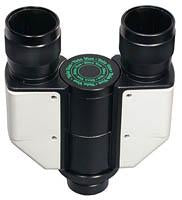
Standard Eyepieces
Standard eyepieces are relatively inexpensive designs which function very well. These include the types of eyepieces normally included with telescopes. The apparent field of view of a standard eyepiece is usually in the range of 40-50°. Early Eyepiece Designs The...












